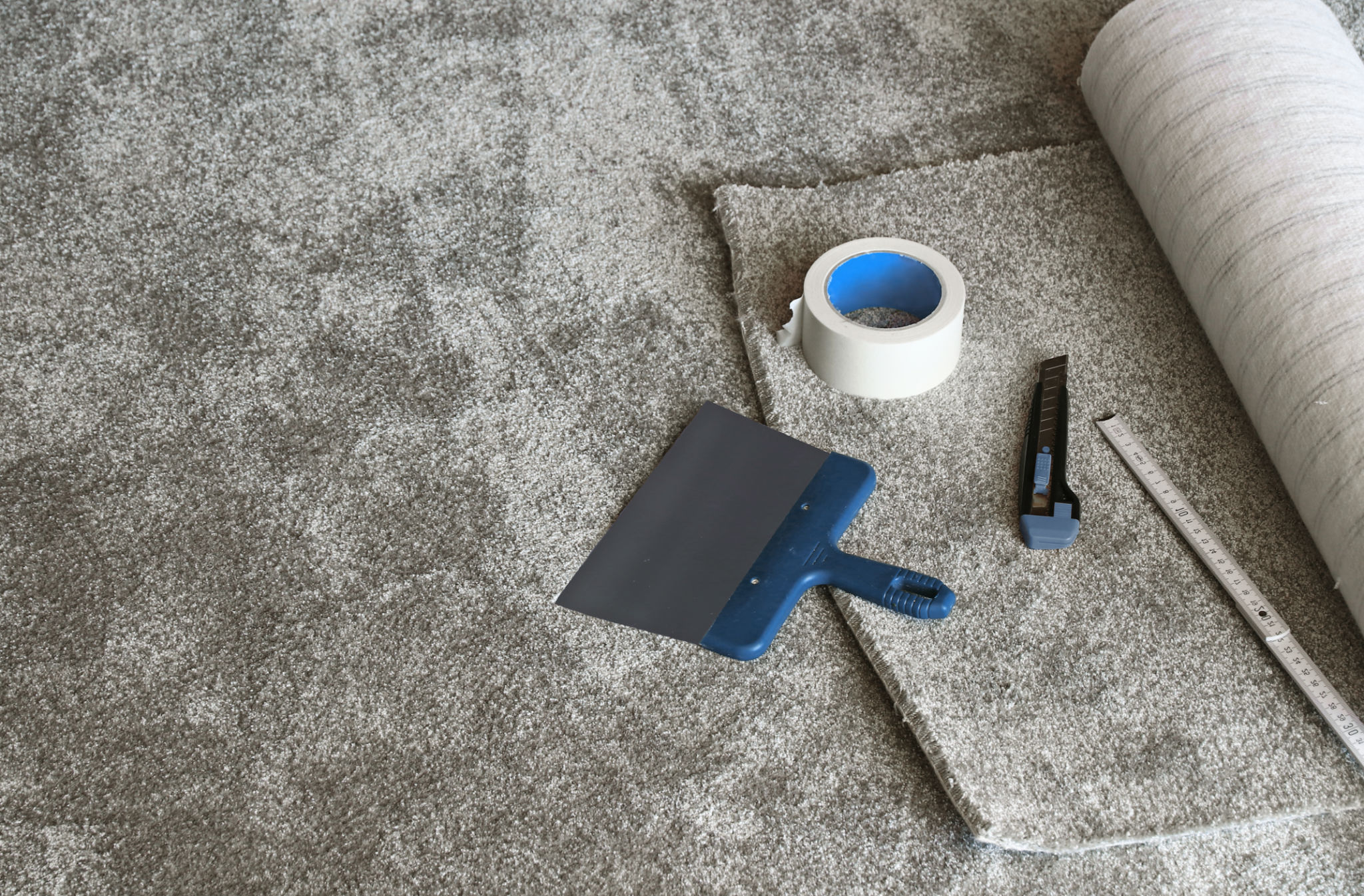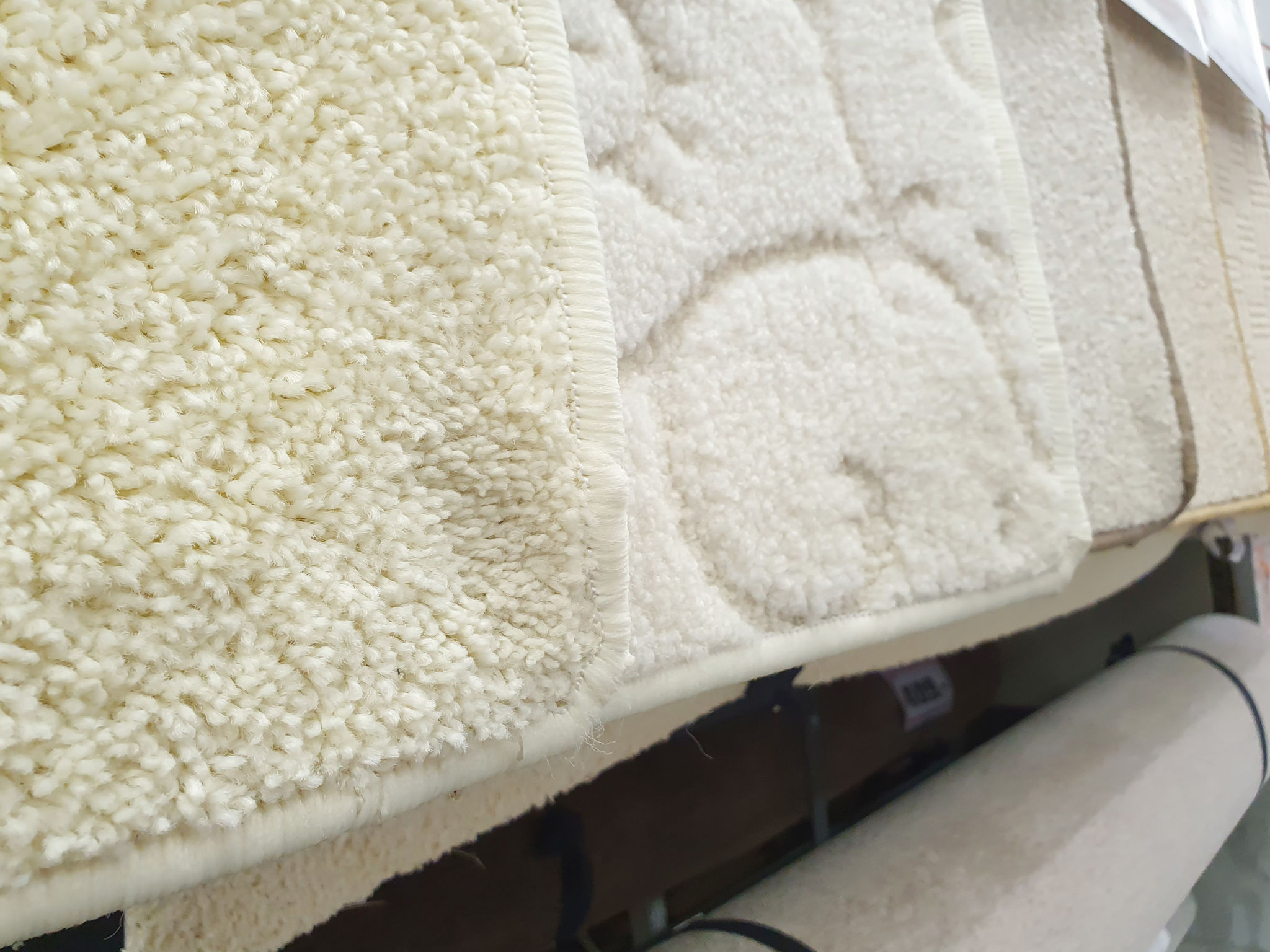Expert Insights: Common Carpet Repair Mistakes to Avoid
Introduction to Carpet Repair
Carpet repair is an essential skill for maintaining the longevity and aesthetic appeal of your flooring. Whether it's a minor snag or a significant tear, addressing carpet issues promptly can save you from costly replacements. However, even the most well-intentioned DIY enthusiasts can make mistakes that lead to further damage. Here, we delve into common carpet repair mistakes and how to avoid them.

Neglecting to Assess the Damage
The first and perhaps most critical step in carpet repair is assessing the extent of the damage. Skipping this step can lead to improper repairs that fail to address the problem fully or even worsen it. Take time to thoroughly inspect your carpet. Look for additional signs of wear, such as loose fibers or discoloration, that could indicate underlying issues.
Once you've assessed the damage, decide whether it's a job you can handle or if professional help is needed. This assessment will guide your repair approach and materials required, ensuring a more successful outcome.
Using Incorrect Tools and Materials
Using the wrong tools or materials is a common mistake in carpet repair. It's essential to use tools specifically designed for carpets, such as seam rollers, carpet stretchers, and specialized adhesives. Improvising with household items often leads to subpar repairs that don't hold up over time.

Moreover, ensure that the materials you use match your existing carpet. When patching a section, use remnants of the original carpet if available, or source a piece that closely matches in texture and color. This attention to detail will make your repairs blend seamlessly with the rest of your flooring.
Failing to Secure the Carpet Properly
Another frequent mistake is failing to secure the carpet appropriately after completing repairs. Inadequate securing can lead to trip hazards or further unraveling. Ensure that all edges are tightly fastened and that the carpet lies flat against the floor.
- Use a knee kicker or stretcher to ensure the carpet is taut.
- Secure edges with appropriate adhesives or tack strips.
- Trim any excess fibers to maintain a clean finish.
Lack of Knowledge in Carpet Types
Carpets come in various materials and constructions, each requiring specific care and repair techniques. A mistake often made is treating all carpets the same, which can lead to ineffective repairs or damage. Familiarize yourself with your carpet type, whether it's loop pile, cut pile, or Berber, and research the best repair methods for each.

Understanding your carpet's material, such as nylon, polyester, or wool, also plays a crucial role in determining the appropriate cleaning and repair products. This knowledge helps ensure that your efforts enhance rather than harm your flooring.
The Importance of Professional Help
While DIY repairs can be cost-effective, there are times when professional intervention is necessary. If you're unsure about handling a specific repair or if previous attempts have failed, it might be time to call in the experts. Professionals have the experience and tools needed to carry out repairs efficiently and effectively.
Investing in professional services not only ensures a high-quality repair but also prolongs the life of your carpet. It's a worthwhile consideration, especially for extensive damage that requires specialized attention.
Conclusion
Avoiding these common carpet repair mistakes can make a significant difference in maintaining your carpet's appearance and functionality. By assessing damage accurately, using the right tools and materials, securing repairs properly, understanding carpet types, and seeking professional help when needed, you can ensure that your carpets remain in excellent condition for years to come.